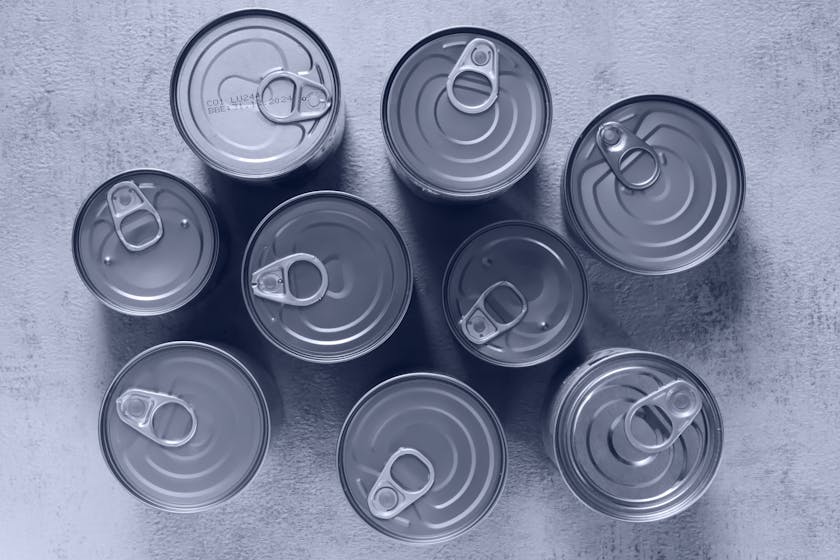If you’re considering bulk meal storage as part of your emergency preparedness strategy, you’re making a wise decision that can alleviate stress and provide nourishment in uncertain times. Once-a-month cooking, a method where you prepare and store a month’s worth of meals, can be an effective approach to ensure you have enough food during emergencies.
Bulk Meal Storage: Building Your Emergency Food Supply
Preparing for emergencies means having a reliable food supply that can sustain you and your family when access to fresh food might be limited. Here are steps to build your emergency food supply through once-a-month cooking:
Planning Your Meals
Start by planning meals that are nutritious, easy to prepare, and have a long shelf-life. Consider the dietary needs of your family members and include a variety of food groups. It’s important to choose recipes that freeze well and reheat with minimal effort.
Shopping for Ingredients
Once your meal plan is ready, create a comprehensive shopping list. Buying in bulk often leads to cost savings, but it’s crucial to ensure you have adequate storage space. Pay attention to expiration dates and opt for ingredients with longer shelf lives.
Prepping and Cooking
Set aside a day for cooking and prepare your kitchen workspace. Make sure to follow food safety guidelines, such as keeping raw meats separate and cooking foods to the proper temperatures. A once-a-month cooking day can be a big undertaking, so consider enlisting help to make the process more enjoyable and efficient.
Proper Storage Techniques
Proper storage is key to maintaining the quality and safety of your meals. Use airtight containers or vacuum-sealed bags to prevent freezer burn and preserve taste. Label each meal with the date of preparation and contents. This will help you rotate your stock and use the oldest meals first.
Thawing and Reheating Safely
When it’s time to use your stored meals, plan ahead. Thaw meals in the refrigerator to ensure safe, even defrosting. Reheat meals to an internal temperature of 165°F to kill any potential bacteria. If using a microwave, stir food occasionally to ensure even heating.
Maintaining Your Once-a-Month Cooking Routine
Regularly updating your meal storage ensures your supply remains fresh and gives you the opportunity to adjust your inventory based on changing preferences or dietary needs. It also allows you to refine your cooking and storage techniques over time.
Inventory Management
Keep an inventory list of the meals you’ve stored, noting the quantities and expiration dates. This will help you track what you have on hand and plan when to use or replace items.
Seasonal Considerations
Adjust your meal planning according to seasonal availability of ingredients. This not only adds variety to your diet but can also be cost-effective as seasonal produce is often cheaper and fresher.
Regular Review and Rotation
Every few months, review your stored meals to ensure they are still within their use-by dates. Rotate your stock by using older meals and replacing them with freshly prepared ones. This practice prevents waste and ensures your emergency supply remains viable.
By incorporating once-a-month cooking into your emergency preparedness plan, you’ll have peace of mind knowing you are prepared for unforeseen circumstances. With careful planning and diligent storage practices, bulk meal storage can be a reliable component of your emergency readiness approach.
Remember, the key to successful bulk meal storage for emergency preparedness is planning, organization, and regular maintenance of your food supply. Happy cooking and stay safe!



